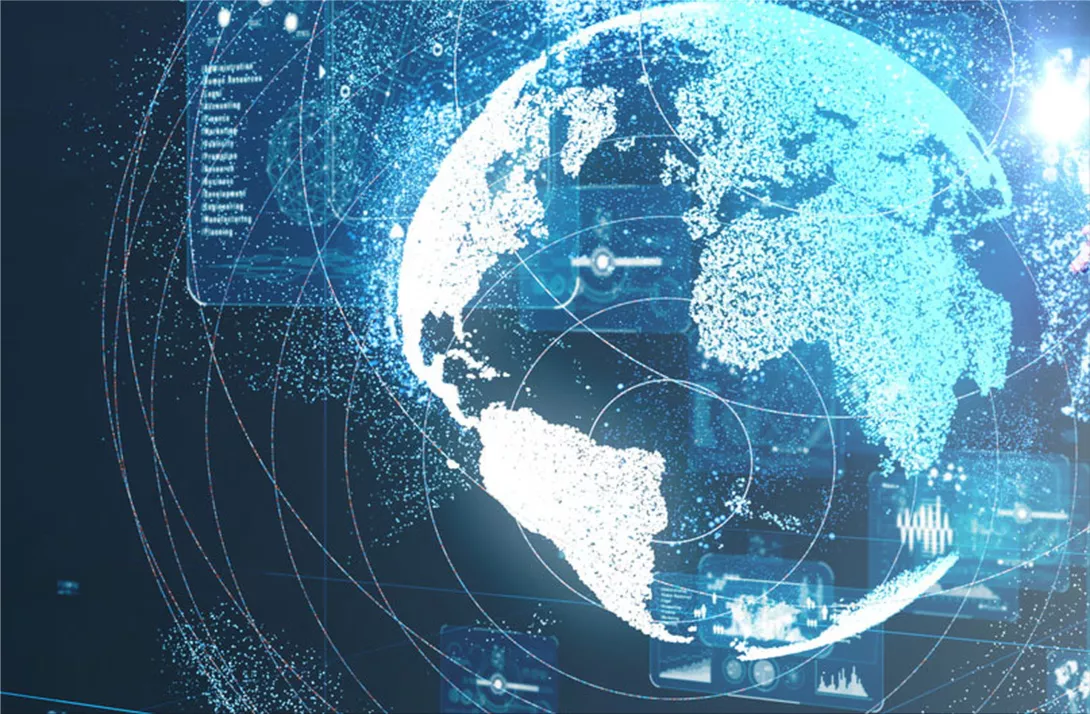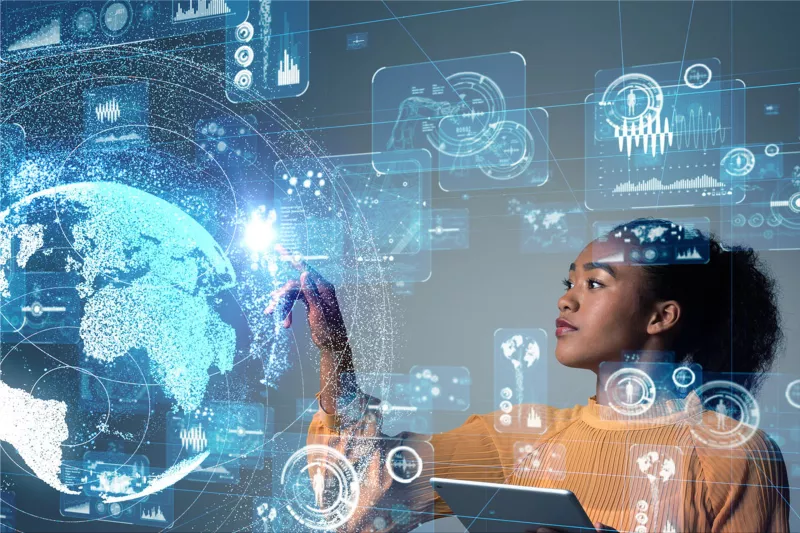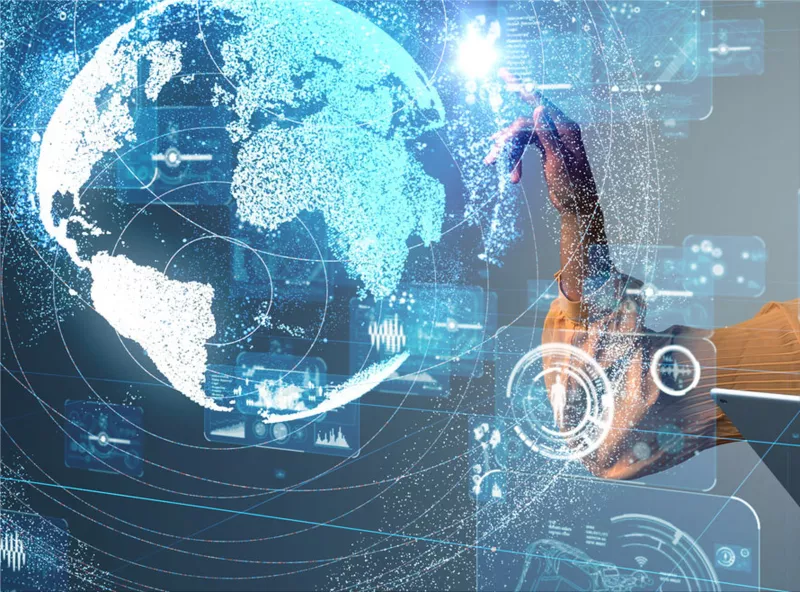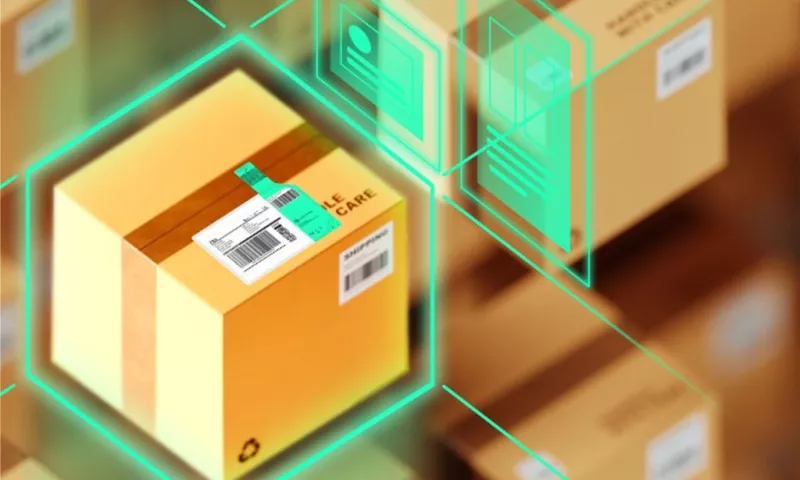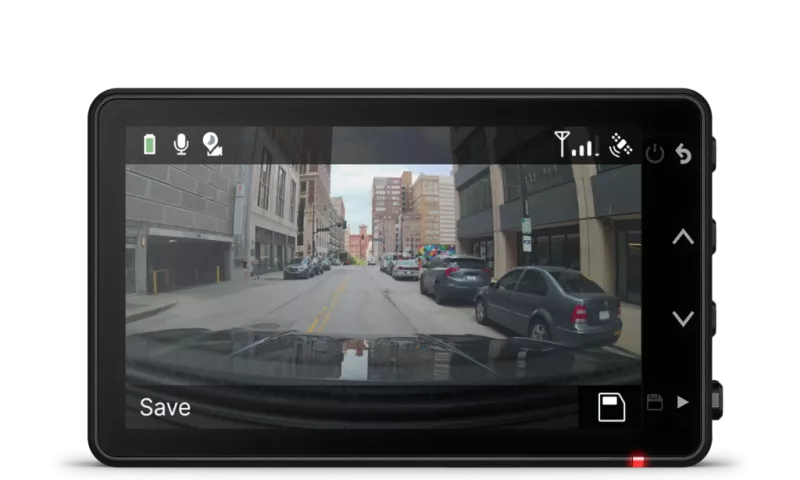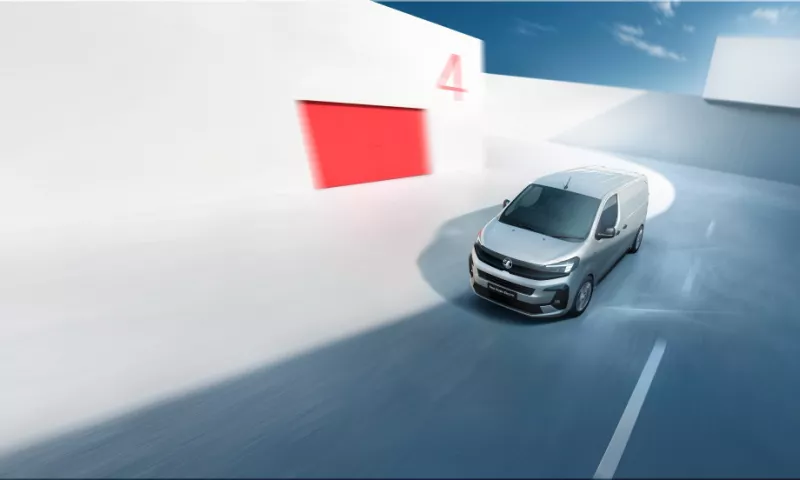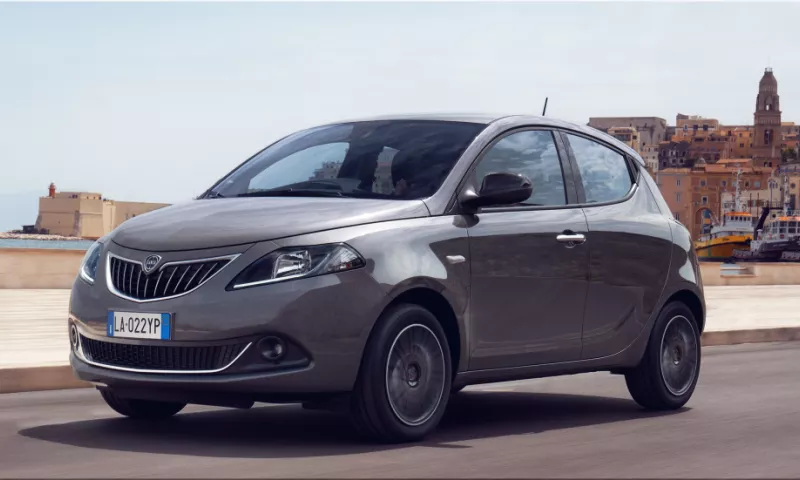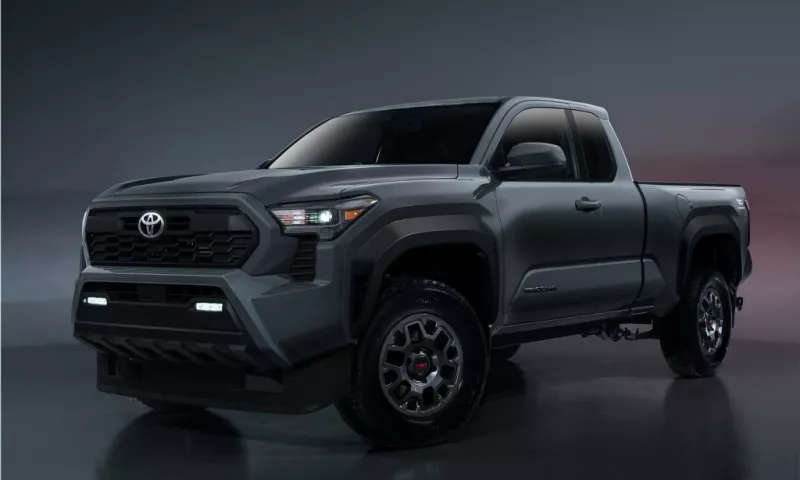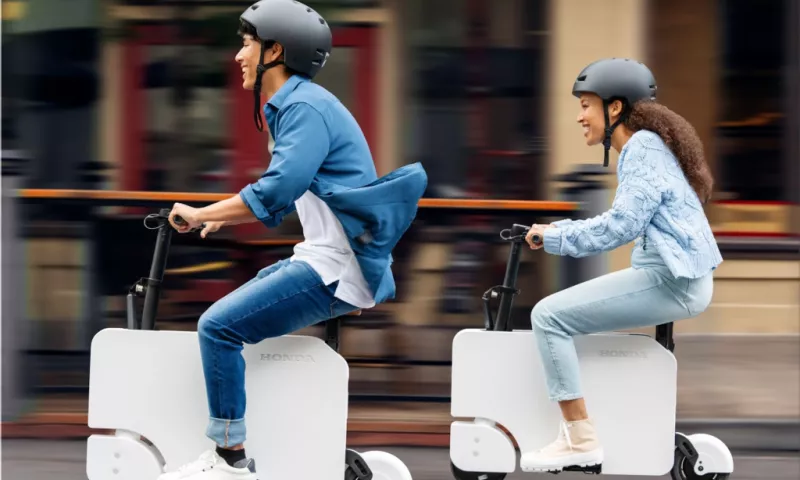Change and urbanization are two significant drivers of supply chain innovations. As a result of our early and rapid growth, our curve is beginning to flatten. Let's look at the numbers from around the world. We can see that roughly half of the world's population resides in metropolitan areas because of the implications for logistics, of course. Delivering to densely populated urban and sparsely populated rural areas requires the same level of efficiency and sustainability from logistics providers.
The biological clock tends to slow down as economies improve and populations grow. Both of us had improved health and life expectancies in recent years. You've probably heard that before. Staffing issues arise due to an aging population and a declining birth rate. As a transportation company, we must find ways to deal with the lack of workers in the terminal and driving industries.
Humans are a particularly avaricious species that wastefully plunder the planet for our benefit. No wonder "sustainable" has become a buzzword in recent years. Our industry and everyone else's bear a heavy responsibility because transportation using fossil fuels is a crucial contributor to environmental degradation. The single focus here is on phasing out fossil fuels entirely.
Do you agree that everything in the world is utter anarchy? We were all stunned when Britain decided to leave the European Union. Many businesses have experienced supply chain breakdowns due to the recent turmoil in the global market. Reengineered supply chains are better equipped to face the uncertainties of today's global economy.
The sound of a connected modem is something you probably don't recall if you think things were better back then. However, so much has changed in that time. The technology available today presents us with vast possibilities, but it also places greater demands on us. The ability to employ technology to fulfill evolving needs in the market is crucial.

